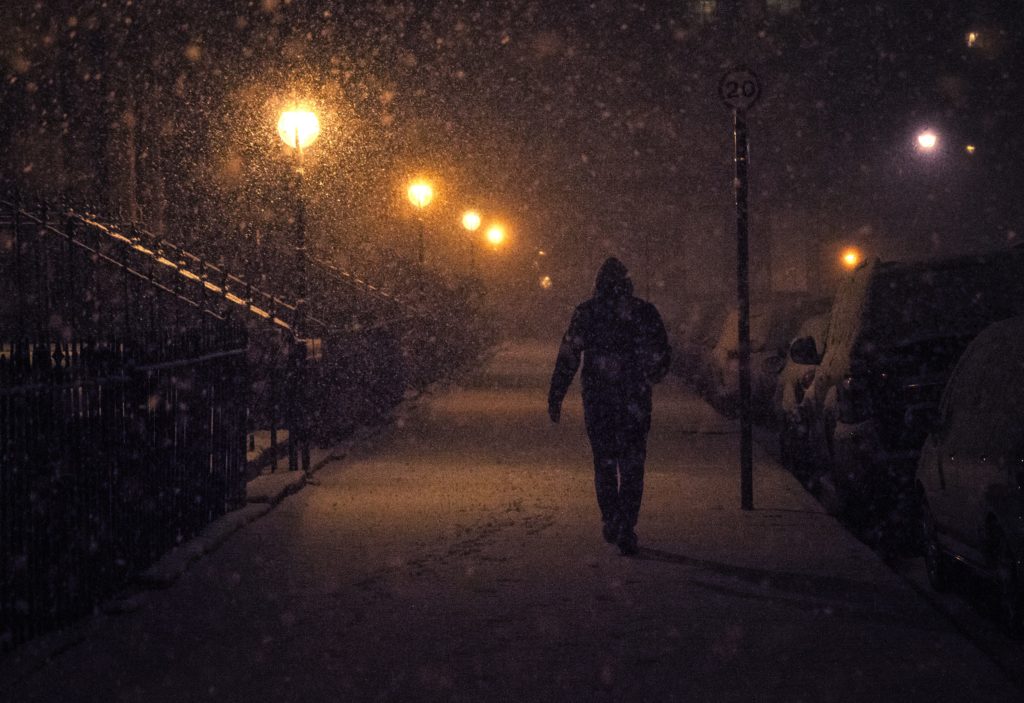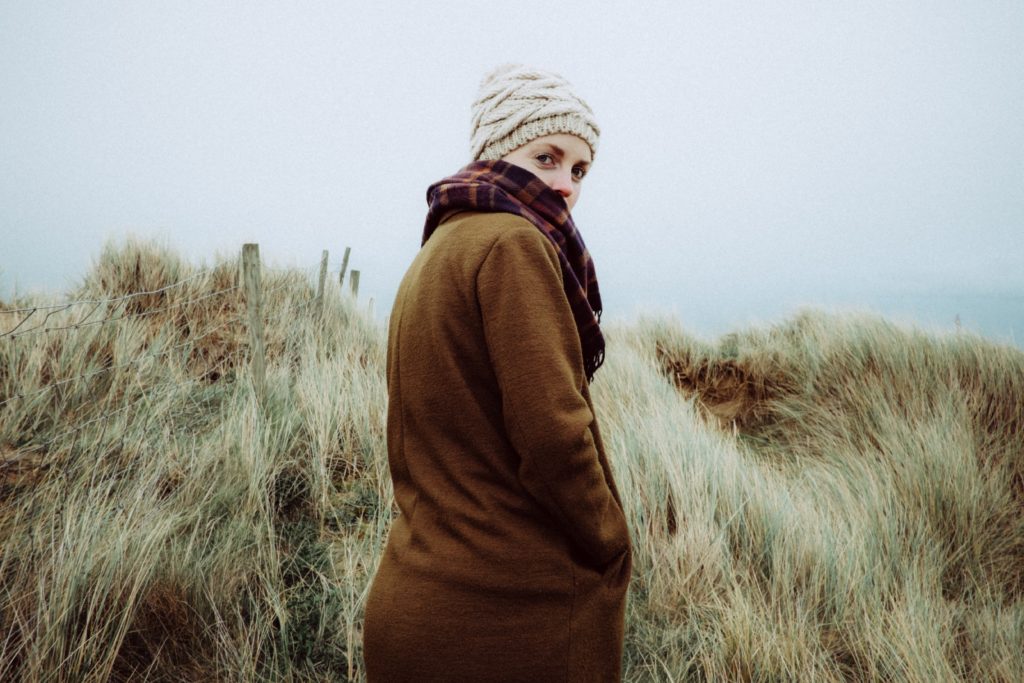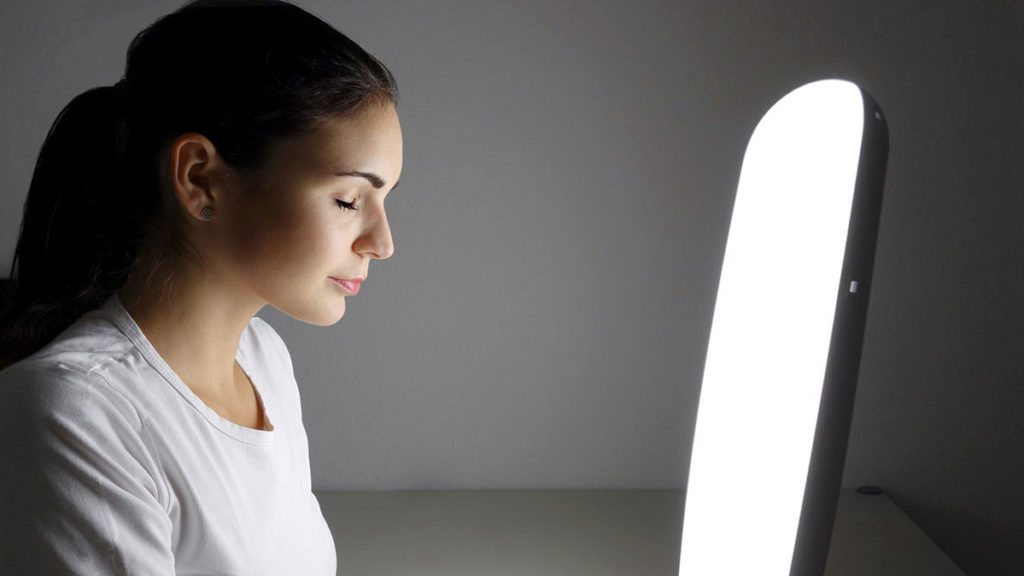Posted December 16th 2019
Although many people may relish the nights drawing in and the weather dropping a few degrees in the build-up to the festivities of this busy time of year, for some, the shorter days and darker mornings lead to a severe change in mood.
Seasonal Affective Disorder (SAD), now redefined as Depressive Disorder with Seasonal Pattern, refers to depression that reoccurs during particular seasons throughout the year.

It is common for people’s mood to be affected by the late sunrise, early sunsets and cold chill of the winter months, however, those with seasonal depression experience this on a much more severe basis, with feelings interfering with everyday functioning and reoccurring at the same time each year.
Symptoms include:
- irritability
- difficulty concentrating
- intense feelings of sadness
- lack of enjoyment towards activities that are usually enjoyed
- increase in appetite and subsequent weight gain
- sleep issues
- suicidal ideations
For a diagnosis of seasonal depression, depressive symptoms must occur in the same season for at least 2 years and must diminish with the new season.
A study from 2015 showed that seasonal depression occurs four times more often in women than in men with the age of onset estimated to be between 18 and 30 years.
In the UK, 2% of the general population may experience seasonal depression, whilst 20% experience a subsyndromal form, commonly known as ‘winter blues’
These percentages may be higher in reality as the disorder may go unreported and subsequently undiagnosed.

Why does Seasonal Depression occur?
Like many mental health conditions, the true causes are not yet fully understood. However, there are some well-researched ideas on why depressive disorder with seasonal pattern may occur, with the main focus on the reduced amount of daylight we are exposed to in the winter months.
- Serotonin
One theory is that a lack of sunlight inhibits the hypothalamus and may lead to a deficiency of monoamine neurotransmitters in the brain such as serotonin – a hormone that affects mood, appetite and sleep – lower serotonin levels are linked to feelings of depression and are associated with a higher risk of seasonal depression.
In one study, researchers found that people had 5% more SERT (a protein that assists with serotonin transport) in winter compared to summer, as in summer sunlight keeps SERT levels naturally low. Higher SERT levels lead to lower serotonin activity and in especially susceptible individuals, levels of serotonin are reduced to such an extent that the likelihood of a depressive episode is increased.
- Melatonin
Another hormone called melatonin is thought to play an important role; darker lighting triggers the brain to release more melatonin which lowers heart rate and body temperature – making you feel sleepy. Neurons in the suprachiasmatic nucleus (SCN) – located within the hypothalamus – get information about light from the optic nerve. The SCN releases information to the pineal gland which, when dark, releases melatonin. Although likely to play a role in symptoms of seasonal depression, this cannot explain the cause by itself.
- Disrupted Circadian Rhythms
It’s thought that the combination of decreased serotonin and increased melatonin impacts circadian rhythms, this is the body’s internal clock, which times various important functions such as when to wake you up. For those with seasonal depression, circadian signals that indicate a seasonal change in day length have been found to be timed differently, making it more difficult for their bodies to adjust.
A potential risk factor related to disrupted circadian rhythms is sleep phase delay (SPD). This occurs when someone makes too little melatonin at night, leading to decreased sensitivity to changes in light and problems with communication between the retina and hypothalamus, this can be a result of external light sources, like late-night phone or computer use and can result in a persons’ internal clock having more than the standard 24 hours/day.
- Vitamin D
Vitamin D (or lack thereof) may play a role in depressive disorder with seasonal pattern. Less outdoor exposure to sunlight on the skin may mean people produce less vitamin D.
Deficiency in vitamin D has been associated with depressive symptoms, however, causal links between these factors have not yet been confirmed.
Treatments
- Light Therapy
The theory that seasonal depression is due to a lack of light in waking hours has led to the use of light therapy, otherwise known as phototherapy. This involves using a lightbox, ideally, 10 000 LUX (unit to measure the intensity of light hitting a surface) which imitates sunlight without the ultraviolet rays. With a light at 10 000 LUX, it’s thought that you should be exposed to it for 30 minutes per day, but the optimum dose of light and treatment time of day depends on the individual.

Along this theme, dawn simulator alarm clocks have been known to help. These alarm clocks have a light which gradually gets brighter in the hour/half-hour before you plan to get up, essentially simulating an artificial sunrise.
Although less well researched, they may be helpful if you struggle to get up during dark mornings – I’ve recently started using one and they’ve made the mornings (a bit) less of a struggle!
- Medication
Antidepressants can be prescribed for seasonal depression. One type of typical antidepressant is Selective Serotonin Reuptake Inhibitors (SSRIs), such as fluoxetine (Prozac), these antidepressants block the reuptake of serotonin in the brain, leading to higher serotonin levels.
In one study, fluoxetine was found to be as effective and as well-tolerated as light therapy and was more cost-effective. Although effective, antidepressants can lead to a range of side effects such as a change in appetite, subsequent weight gain, insomnia and nausea to name a few. It’s important to speak to your doctor to discuss what the best treatment is for you.
Another form of medication may be to supplement vitamin D before winter darkness sets in and throughout winter, this may help prevent symptoms. In one paper researchers suggest that detection and treatment of low vitamin D levels in people with depression may be a relatively easy and cost-effective therapy that could improve long-term health outcomes as well as the overall quality of life. In a recent review of some of the literature on this topic and concluded that vitamin D supplements led to a statistically significant improvement in depression. However, other researchers suggest that there need to be more controlled trials to determine whether the association between low vitamin D and depression is causal.
- Lifestyle and self-help
There are some simple lifestyle changes that can help prevent the onset of SAD. If it’s dark and you feel tired you will do less, this can make SAD worse – try to take a walk in daylight hours and make an effort to continue the activities that you usually do. Eliminating long naps and trying to keep regular sleeping and waking times may help, as well as turning off all technology that provides artificial light one hour before bed.

Talking about SAD
If you believe that you may have seasonal depression, you should let your friends and family know and go to your doctor where they will suggest the most appropriate treatment for you.
As we head into the busy Christmas period, be mindful that not everybody shares the same feelings for the holiday. It’s important to start the conversation about mental health if you notice somebody withdrawing from activities they usually enjoy or seeming more down than usual. Whether they’re experiencing seasonal depression, winter blues, or just having a down-day, let them know that they’re not alone and you’re there to talk.
Read more
More information about SAD from:
Sign up now and receive new blog posts to your inbox.
